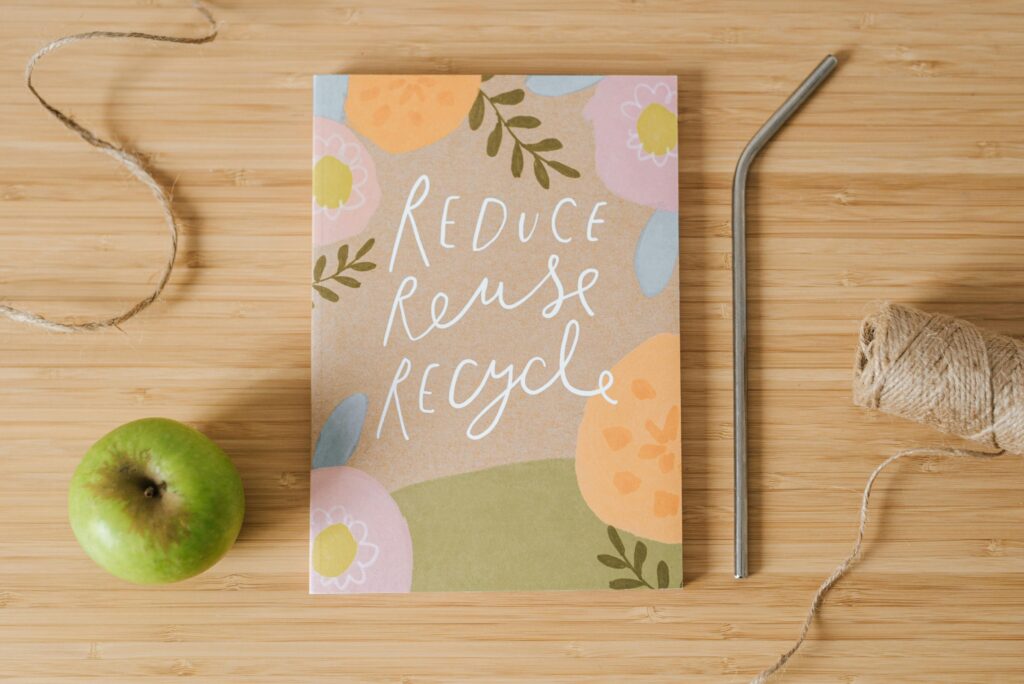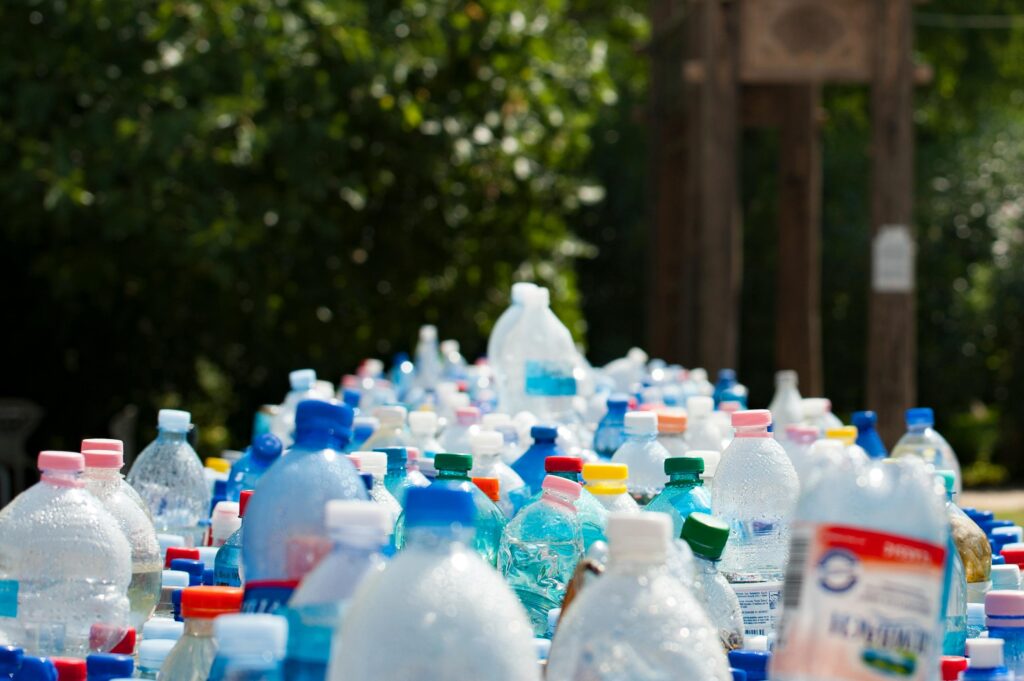“Ever wondered where your pads end up after you toss them? Spoiler alert: They don’t magically dissolve.”
Globally, over 12 billion menstrual products are dumped in landfills every year, many of which take centuries to break down. Yikes! But here’s the good news: Biodegradable pads are changing the game for organic beauty and sustainability lovers alike. In this guide, we’ll dive deep into why biodegradable pads should be your next eco-friendly switch, how to choose the right ones, and tips to make the transition seamless.
You’ll learn:
- The environmental impact of traditional pads.
- Step-by-step guide to choosing and using biodegradable pads.
- Pro tips and product recommendations.
Table of Contents
- Key Takeaways
- The Problem with Plastic Pads
- How to Choose Biodegradable Pads
- Tips for Transitioning to Biodegradable Pads
- Success Stories & Real-Life Examples
- FAQs About Biodegradable Pads
- Conclusion
Key Takeaways
- Traditional pads contribute to massive landfill waste; biodegradable pads decompose naturally.
- Look for brands that prioritize organic cotton and compostable materials.
- A little prep (like storing them properly) can help you seamlessly transition to eco-friendly options.
Why Plastic Pads Are a Beauty Disaster Waiting to Happen

I once bought what I thought was an “eco-friendly” hygiene product, only to discover it had a plastic lining—facepalm moment. This got me reading labels obsessively and realizing just how bad conventional pads are:
- Most pads contain up to 90% plastic!
- They take 500–800 years to decompose.
- Tiny microplastics shed from these pads often end up polluting water sources.
To top it off, synthetic materials can irritate sensitive skin. Enter biodegradable pads: A safer choice for both you *and* the planet.
How to Choose the Best Biodegradable Pads
Grumpy You: “Ugh, do I really have to research periods?”
Optimist You: “Yes, but think of all the trees you’re saving!”
What to Look For:
- Organic Materials: Cotton should be certified organic to avoid pesticides.
- Compostability: Check if the packaging and pad itself are fully compostable.
- No Additives: Dyes, fragrances, or chemical coatings? Big no-no.
Fails to Avoid:
Don’t fall for greenwashing marketing tactics like “natural-inspired.” Always check certifications like USDA Organic, GOTS, or FSC.
Top Tips for Transitioning to Biodegradable Pads
Here’s where things get real: Switching isn’t hard when done right. Here’s my cheat sheet:
- Start Small: Mix one or two biodegradable pads into your routine before fully switching.
- Proper Disposal: Compost bins work wonders, but not all facilities accept used pads.
- Be Patient: Like adjusting skincare routines, finding your groove requires time.
Success Stories: Women Who Love Their Switch
Take Sarah, a mom of two who made the switch last year: “I started using biodegradable pads during heavy flow days, and honestly? I’ve never looked back. No rashes, no weird smells—just peace of mind knowing I’m doing my part.”
An infographic compares her experience pre- and post-switch, highlighting reduced irritation and better comfort scores.

FAQs About Biodegradable Pads
Are biodegradable pads as absorbent as regular ones?
Absolutely! Brands use advanced layering techniques to ensure they’re just as effective while staying eco-conscious.
Where can I buy them locally?
Check health stores, online marketplaces like Amazon, or dedicated websites for sustainable period care.
Do they cost more?
Not necessarily. Prices vary, but many affordable options exist. Think of it as an investment in yourself *and* future generations.
Conclusion
Making the shift to biodegradable pads is easier than ever—and trust me, your vagina and Mother Earth will thank you. Remember, small changes lead to big impacts. So go ahead, give those harmful plastics the boot.
Final haiku for ya:
Plastic fades too slow,
Nature craves kinder choices—
Your switch heals worlds.


